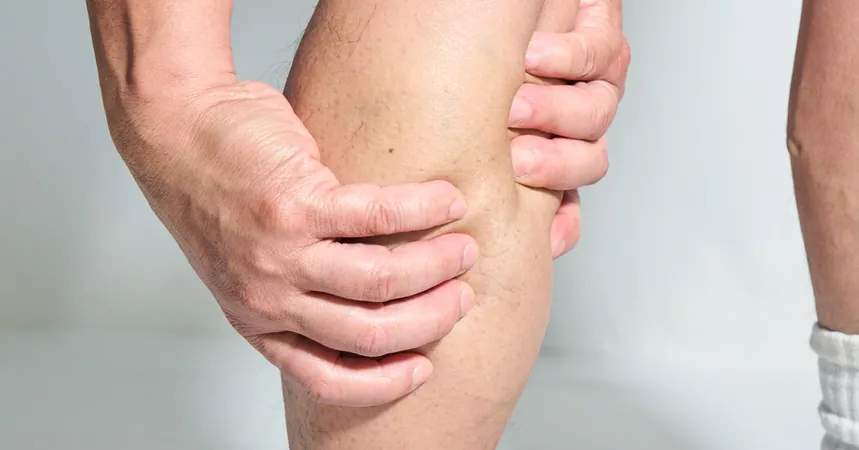
Is Muscle Soreness a Must for Workout Success? Discover the Truth!
2025-04-02
Author: Wai
Understanding Muscle Soreness
Muscle soreness, often experienced a day or two after a workout, is primarily due to microscopic tears in muscle fibers. This phenomenon leads to inflammation and pain, points out Laura Richardson, an exercise physiologist from the University of Michigan. While soreness can sometimes indicate that your muscles are adapting or growing stronger, it’s not a requirement for effective training.
Cedric Bryant, an exercise physiologist and president of the American Council on Exercise, emphasizes that a lack of soreness doesn’t signify an ineffective workout. Instead, it can mean your body has adapted to your routine, becoming more efficient at handling the demands of your training – a positive indication of progress.
Tracking Your Progress
Rather than relying on soreness as a measure of workout efficacy, experts suggest focusing on concrete indicators of improvement. These could include increases in strength, endurance, or even visible muscle changes. If you find yourself lifting heavier weights or stepping up your cardio intensity, you’re on the right path!
It's crucial to note that excessive soreness can be detrimental. It can hinder your performance and elevate the risk of injury if you’re compensating for discomfort by altering your movement patterns. Allowing your body adequate recovery time is essential for optimal performance.
What To Do If You Are Sore
Experiencing soreness post-workout? It might be wise to ease back on your intensity for a few days. Hydration is key – drink water or electrolyte drinks, especially after rigorous sessions, as this can prevent cramping. For more intense discomfort that interferes with daily activities, over-the-counter anti-inflammatory medications like ibuprofen can help.
Additionally, a gentle self-massage of sore muscles for about 10 to 15 minutes may offer relief. A systematic review of research indicates that massage is one of the most effective methods for alleviating exercise-induced muscle soreness, although further studies are needed to reinforce these findings. Other techniques like using compression garments or cold-water baths can effectively reduce soreness as well.
Potential Risks to Watch For
Be vigilant: if you experience severe pain, weakness, or symptoms such as dark-colored urine following a strenuous workout, these could indicate a rare but serious condition known as rhabdomyolysis, which necessitates immediate medical attention.
For mild soreness, engaging in the same type of exercise that led to the discomfort is generally acceptable, but consider lowering the intensity. Should soreness increase in intensity, opt for gentler activities, such as walking, swimming, or low-intensity resistance training, to promote blood circulation and ease stiffness.
Listen to Your Body
The best rule to follow? Always listen to your body. If soreness makes your muscles tender to the touch or severely limits your movement, allow yourself additional recovery time. Remember, fitness is a personal journey, and understanding your body is part of achieving your health and wellness goals.
Remember: while some soreness is normal, don’t let the absence of it deter you from celebrating your progress. Your path to fitness can be effective in many forms—so keep going and enjoy the ride!




 Brasil (PT)
Brasil (PT)
 Canada (EN)
Canada (EN)
 Chile (ES)
Chile (ES)
 Česko (CS)
Česko (CS)
 대한민국 (KO)
대한민국 (KO)
 España (ES)
España (ES)
 France (FR)
France (FR)
 Hong Kong (EN)
Hong Kong (EN)
 Italia (IT)
Italia (IT)
 日本 (JA)
日本 (JA)
 Magyarország (HU)
Magyarország (HU)
 Norge (NO)
Norge (NO)
 Polska (PL)
Polska (PL)
 Schweiz (DE)
Schweiz (DE)
 Singapore (EN)
Singapore (EN)
 Sverige (SV)
Sverige (SV)
 Suomi (FI)
Suomi (FI)
 Türkiye (TR)
Türkiye (TR)
 الإمارات العربية المتحدة (AR)
الإمارات العربية المتحدة (AR)